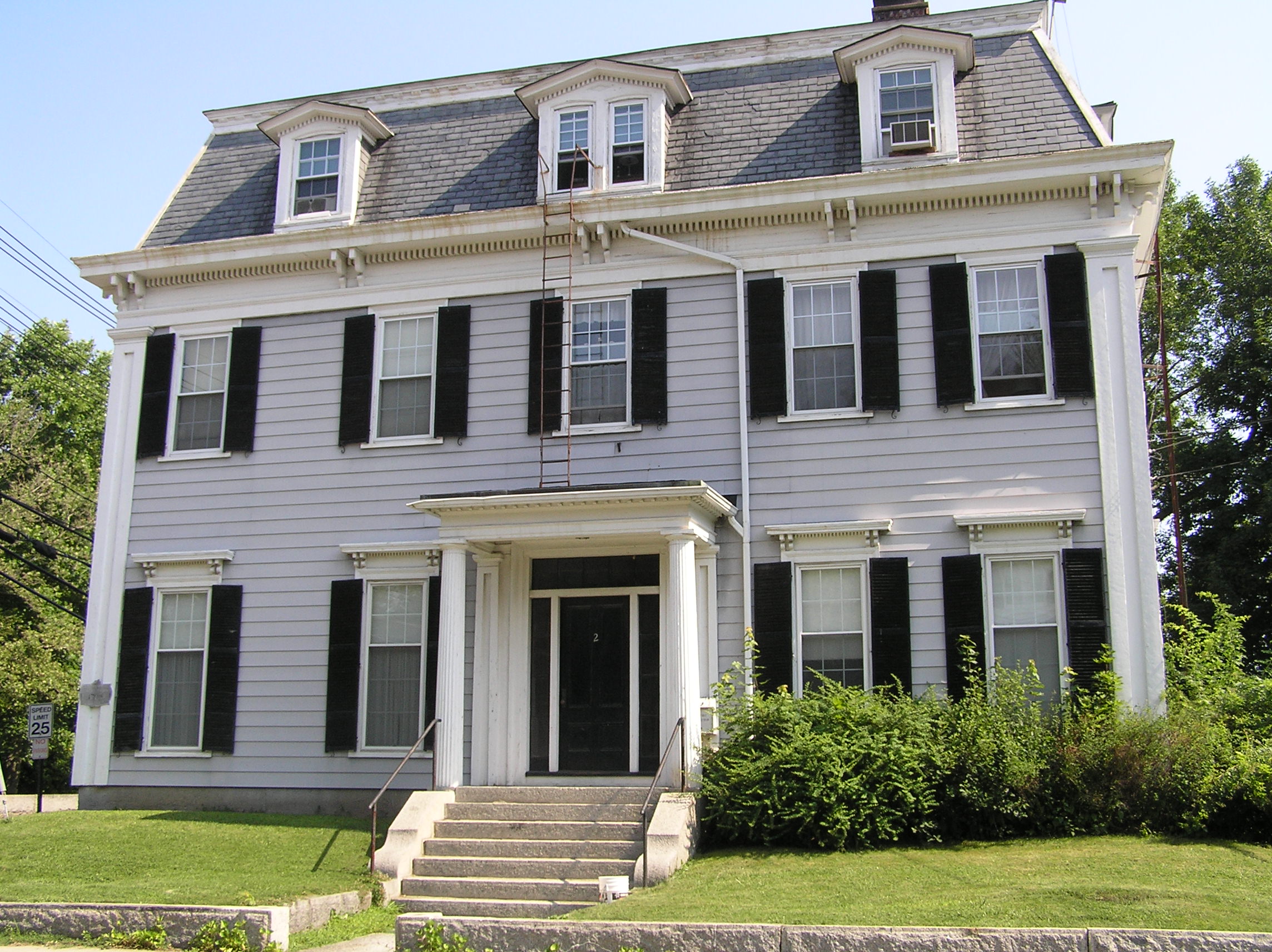The residence at 73 High Street, built by Jeremiah Lord in 1763, underwent expansion around 1800, and its architectural style resembles that of a late Georgian or Federal-era house. Despite its later construction, this building is often included among the approximately 59 First Period houses in Ipswich, constructed before 1720.
Jeremiah Lord purchased the lot at 34 High Street with a house on it from Joseph Fowler, whose father Philip Fowler bought the property in 1677. The previous owners were John Paine and Richard Dummer, who purchased the property in 1659 from Corporal John Andrews, who in 1656 purchased it from Henry Archer and began operating a tavern. It wasn’t long before Andrews landed in court for “several misdemeanors” including “selling wine by retail without license upon pretense of selling by the gallon and three gallons, and yet drawing it by the pint and quart, and for entertaining townsmen at unseasonable times, as after nine of the clock.”
Corp. Andrews operated the tavern for only three years, then sold it to Richard Dummer and moved to Chebacco Parish (now the town of Essex). Angered that the court refused to renew his license, he went into a rage and tore down the door of the home of Chief Marshall Edward Brown and vandalized the property of his competitors, Lt. Samuel Appleton and Moses Pengry.
So how did this Mid-18th century house end up on a list of First Period structures? In the ceilings of the two front left-side rooms are summer beams with wide chamfers and lamb’s tongue stops, evidence that the house we see today began its life as a small one-over-one 17th-century structure. The small building could have been constructed by any of the four 17th-century owners of the lot, but John Andrews’ White Horse Inn makes a good story, and that’s how 73 High St. got its name.
Read more about the White Horse Inn.
Other Early Ipswich Taverns
In 1668, Quartermaster John Perkins bought an eight-acre lot on High Street and obtained a license to keep an ordinary and sell beer and wine, but with the stipulation that none could be drunk in his house. Like Corp. Andrews, the Quartermaster was presented at Court for allowing gaming in his house and such scandalous behavior by young men drinking in the inn that they were all summoned to Ipswich Court on May 1, 1672.
Swasey’s Tavern on Poplar Street dates to the 18th century but got on the First Period house list because of a few re-used timbers in the basement. The Mansard roof was added in the 19th century when the Second Empire style was all the rage. One of its owners, General Joseph Swasey famously fell dead while moderating a Town Meeting in 1816, and that’s how Swasey’s Tavern got its name. But Increase How was the first to keep an inn at the location, and after he died in 1754, his daughter Susanna ran the inn, and served a “cold collation” to President George Washington when he passed through Ipswich during his inaugural tour of New England in 1789.

The oldest house associated with a tavern is the 1671 home of John and Mary Sparks near the foot of North Main Street, which likely accommodated their customers before a large inn was constructed at the rear of the lot. This is where the Salem Witchcraft Trials ended; the accused were all found innocent and allowed to go free.
Next door is the 1737 Treadwell’s Inn where John Adams lodged frequently. Treadwell hosted the 1774 Ipswich Convention, which called for the creation of the Massachusetts Provincial Congress.

On East Street is a spectacular 1701 First Period house constructed for Captain Matthew Perkins, where he gained permission to operate a tavern in 1719. A relative of the aforesaid Quartermaster John Perkins Jr., the Captain’s inn was so bereft of controversy that until the end of the 19th century, it was believed to have been the home of the town’s earliest ministers.
The 17th-century house hidden by foliage at the corner of Green and County Streets was known as Burley’s Tavern, and it’s a shame that the owner is allowing the historic house to go to ruin.
Abner Day bought the house at 1 Turkey Shore in 1814, where he kept a well-known inn. The oldest part of the Ross Tavern formerly on S. Main Street dated to the late seventeenth century and was moved to the lot by the Choate Bridge in 1735. Jeremiah Ross, who acquired the property in 1809, kept an inn in the old house. In 1940 the structure, now greatly enlarged, was disassembled and reconstructed quite imaginatively at Strawberry Hill.

Today, you can enjoy a drink or a meal at the so-called 1640 Hart House which is said to have served as an inn in the 19th century. Dendronology research indicates the original house was actually constructed in 1678, which nonetheless makes it one of the oldest buildings in Ipswich, but in fact, the two oldest rooms are replicas of the originals that are on display in two museums. The oldest part of the house today is the 1725 “Rosalie’s Room,” where Rosalie, another venerable Ipswich treasure, serves you on weekends.



wonderful research